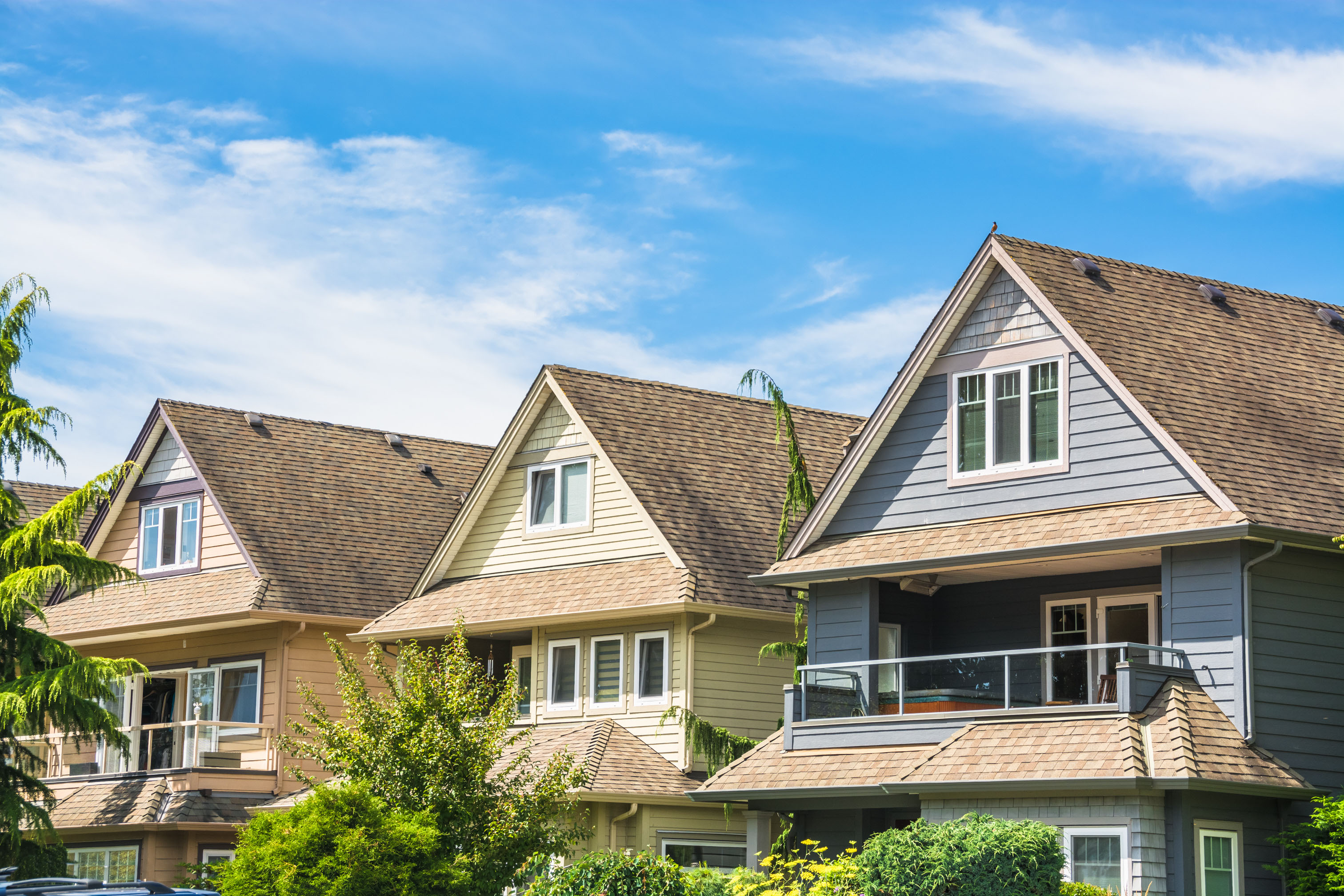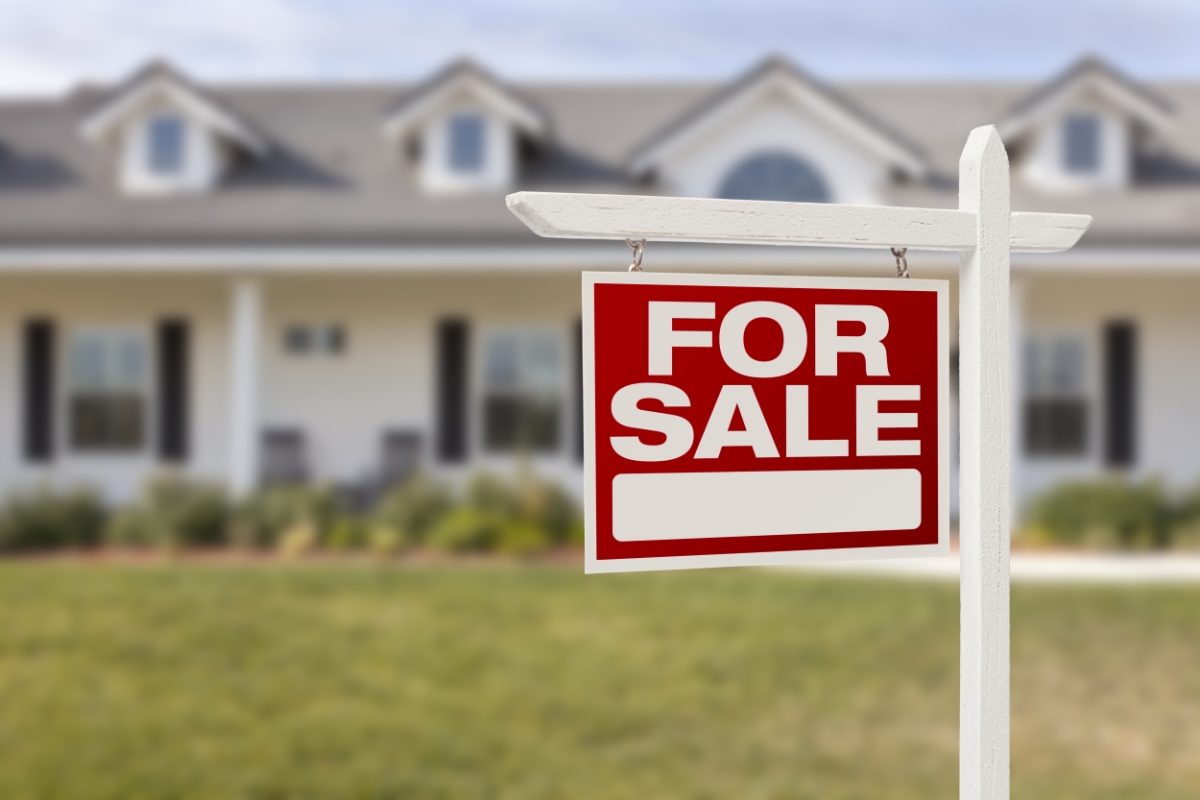Thomas Malone | Source | Economist at CoreLogic

Thomas Malone
Thom holds the position of professional, economist in the Office of the Chief Economist at CoreLogic. He is responsible for analyzing housing markets and home price trends. He has an extensive background in urban and real estate economics and applied econometrics. Before joining CoreLogic, he held positions at the University of Virginia, Georgia Tech, and Harvard University. He earned his bachelor’s degree in economics, statistics and history at the University of Auckland, his master’s degree in economics from Tufts University and his doctorate in urban planning and development from the University of Southern California.
-

CoreLogic
Economist
-
7 Real Estate Boomtowns Expected To Plummet in Value by the End of 2025
The pandemic was a time of shrinkage in many regards — but not so for every city. In fact, some cities thrived. Pandemic “boomtowns” saw an influx of people who looked for cheaper places to live when they were working from home and, therefore, the housing prices started to rise. Well, experts think some of these “boomtowns” might see their home values drop big-time by the end of next year. Let’s look at seven real estate boomtowns expected to plummet in value by the end of 2025. Boise, Idaho Boise stands out as the poster child for pandemic boomtowns. “Boise had by far the greatest appreciation over that period, reaching 230% of its initial value in May 2022 before starting to depreciate,” said Thomas (“Thom”) Malone, a real estate economist at CoreLogic, who is responsible for analyzing housing markets and home price trends.
Article -
Investors Continue to Bail on Single-Family Home Purchasing | GlobeSt
CoreLogic asks whether this will follow the historical pattern of ticking up after June.
Article -
Mom-and-pop landlords stepping in as 'mega-investors' retreat from single-family market - HousingWire
Single family investment activity cooled in Q4, but smaller investors are coming to the table, according to CoreLogic.
Article
-
"Overall home sales have shown a sharp decline since 2021, and as interest rates moved even higher in 2023, there seems to be little to suggest that 2024 will offer major improvement. Year-over-year numbers may stabilize, signaling a stall in the slowdown, but with home demand remaining depressed, builders do not have an incentive to return to construction levels recorded before 2021. One potentially positive sign for builders, however, is that investors remain active, and that trend may provide some demand to propel new home sales."
"Though the share of investors is slowly moving up, the market has cooled for such homebuyers. Flippers are buying at rates that are well below their pre-pandemic levels, and large/mega-investors have stopped their spending sprees. The small-investor share is now helping support this section of the housing market."
"The low mortgage rates seen between 2020 and 2022 could be propping up small home investors. Those rates allowed many existing homeowners to refinance their mortgage to more favorable terms, increasing the chances that they rent out their existing home when they move rather than sell. This trend is happening in the context of rising mortgage rates and prices, both of which are pushing potential first-time homebuyers who are unable to afford a down payment back to the rental market."




